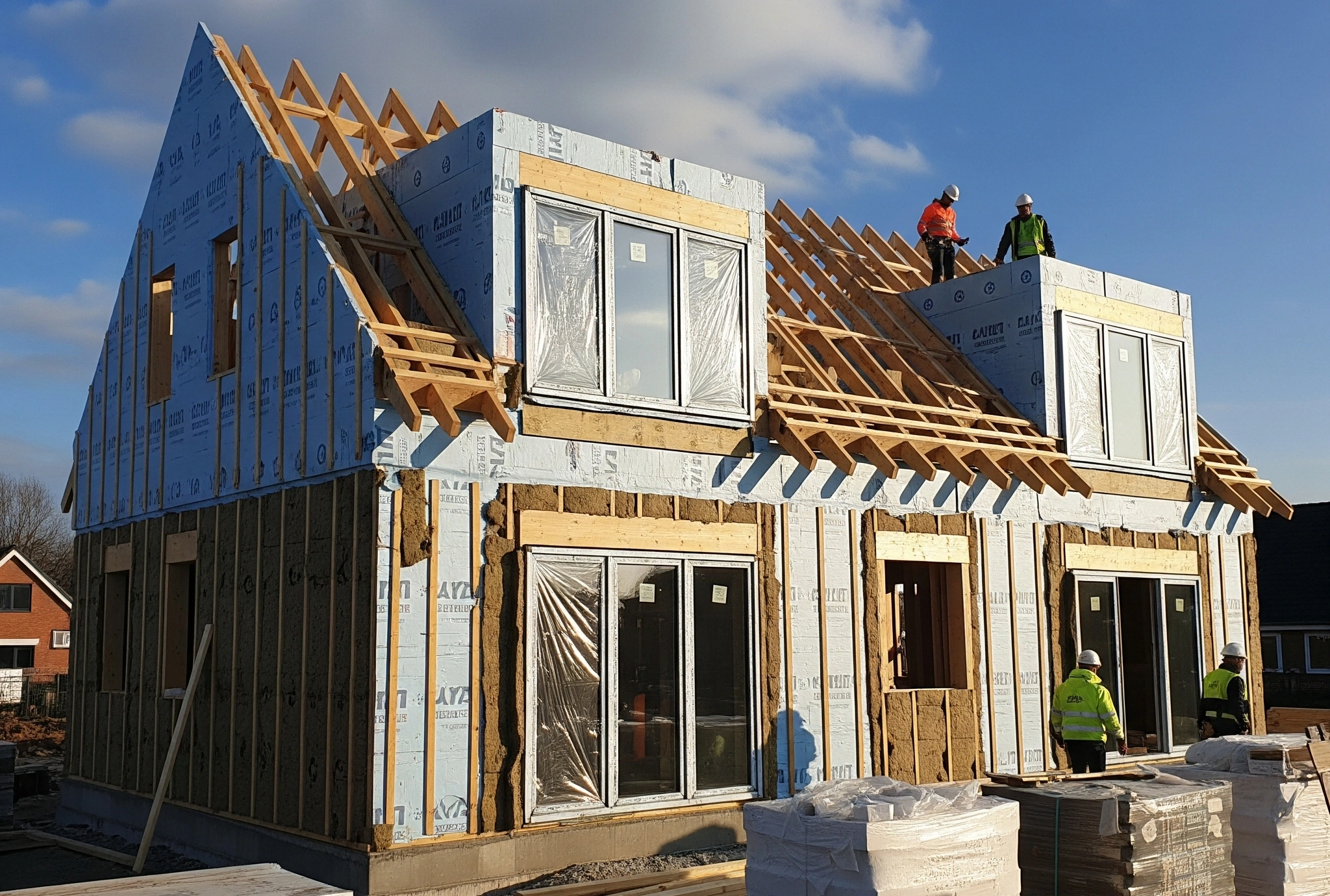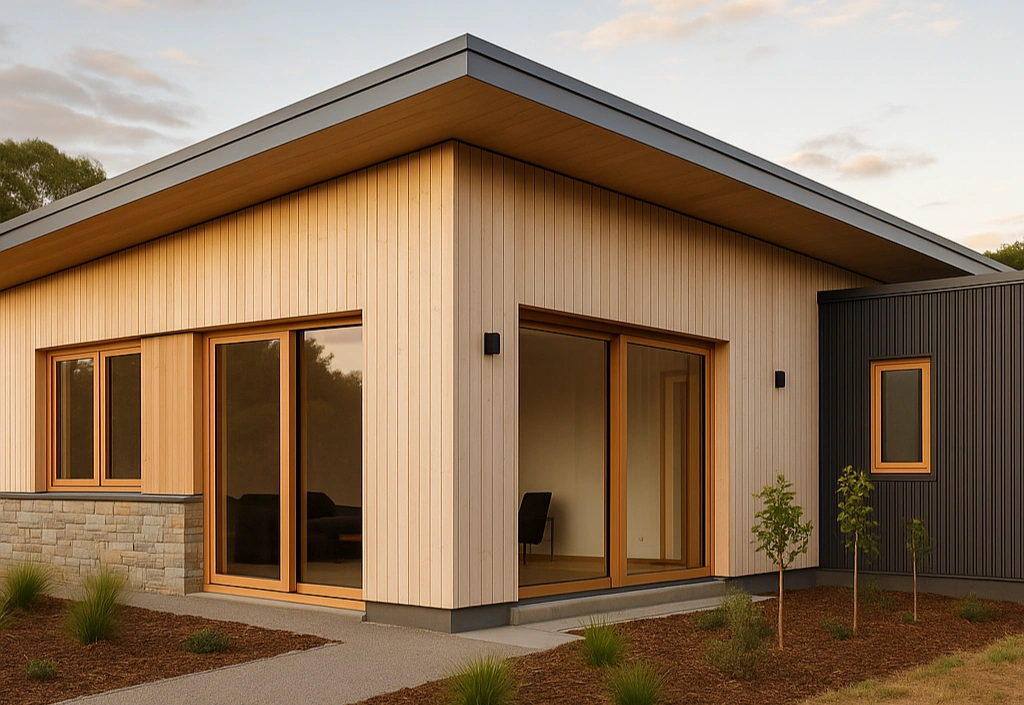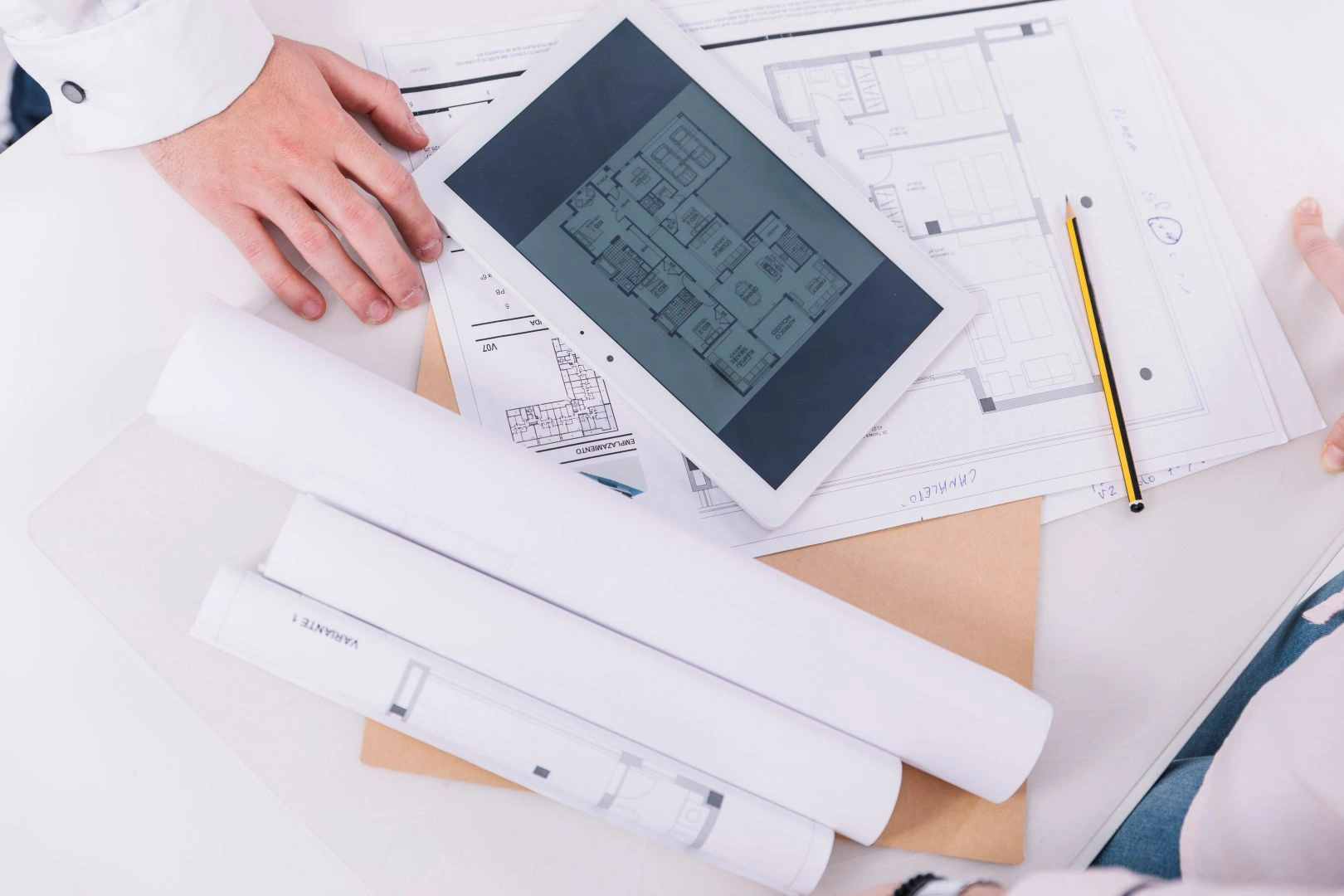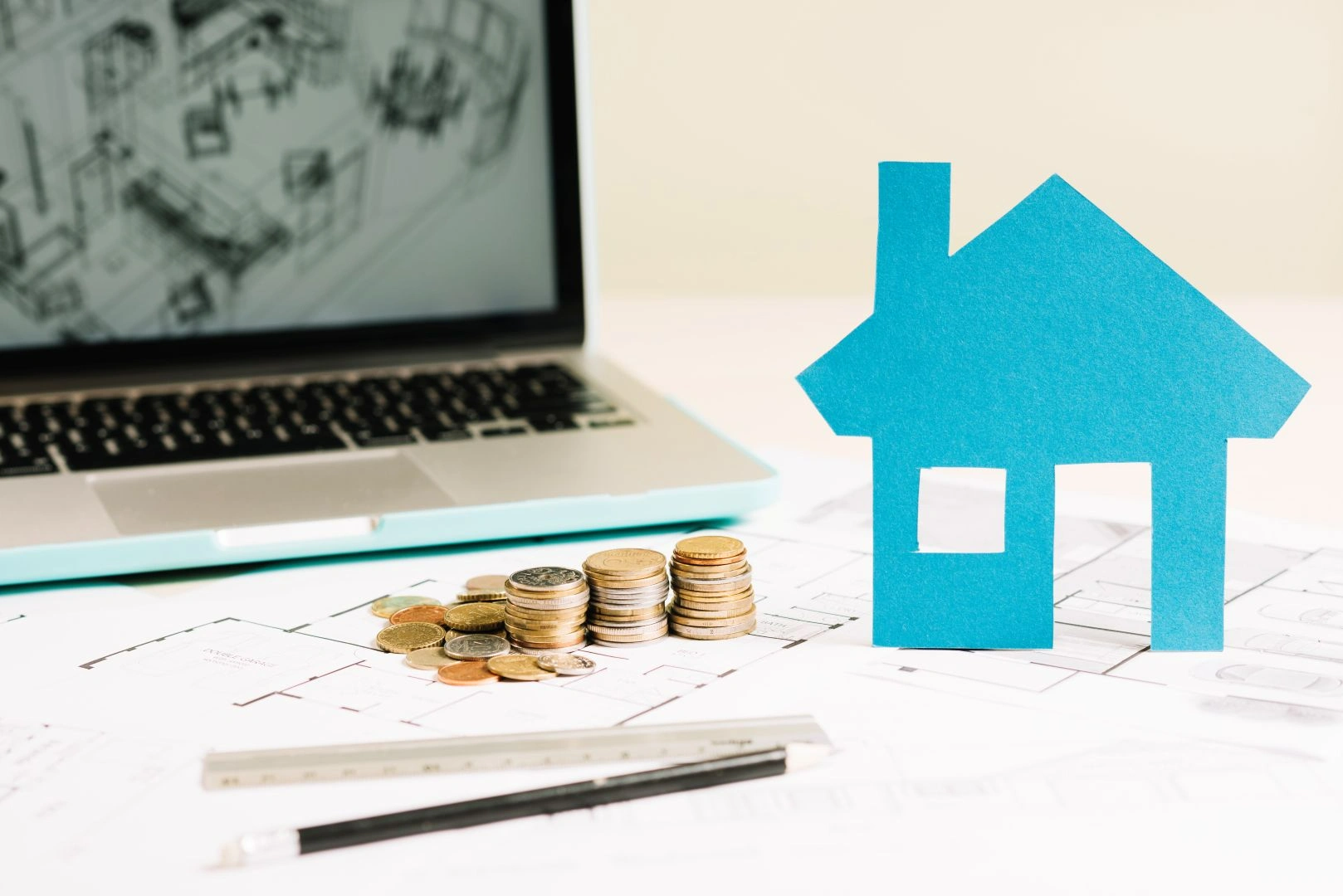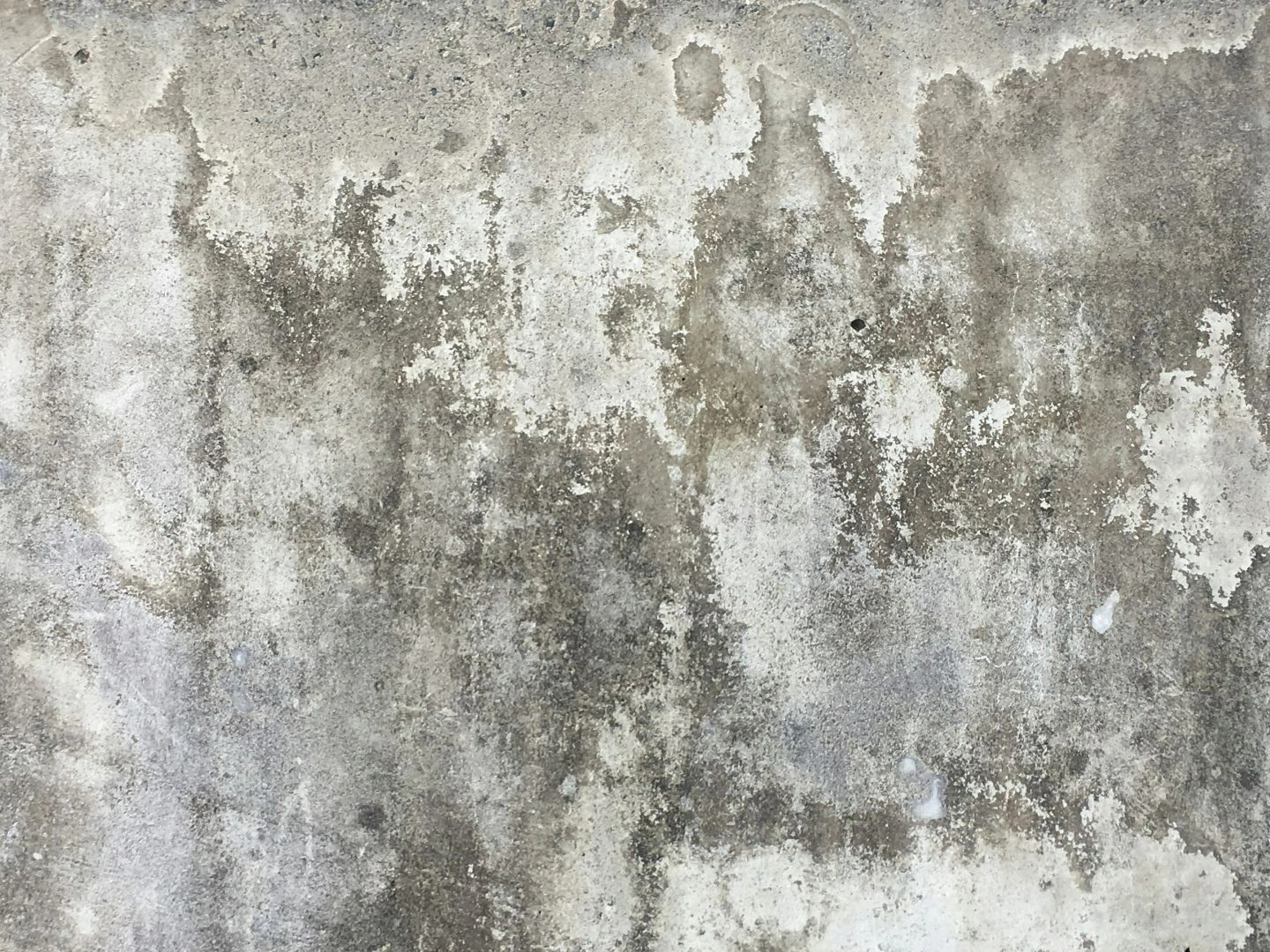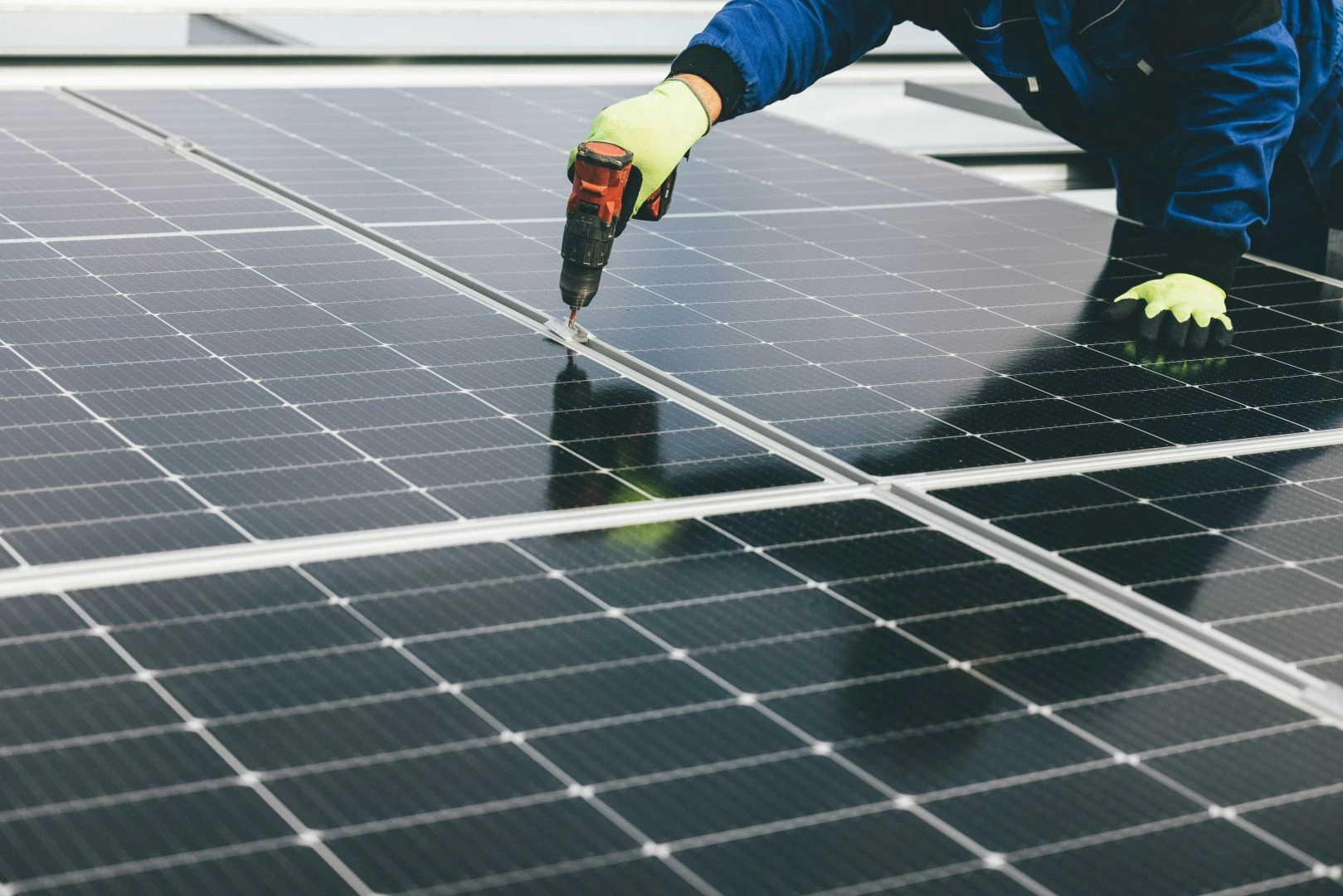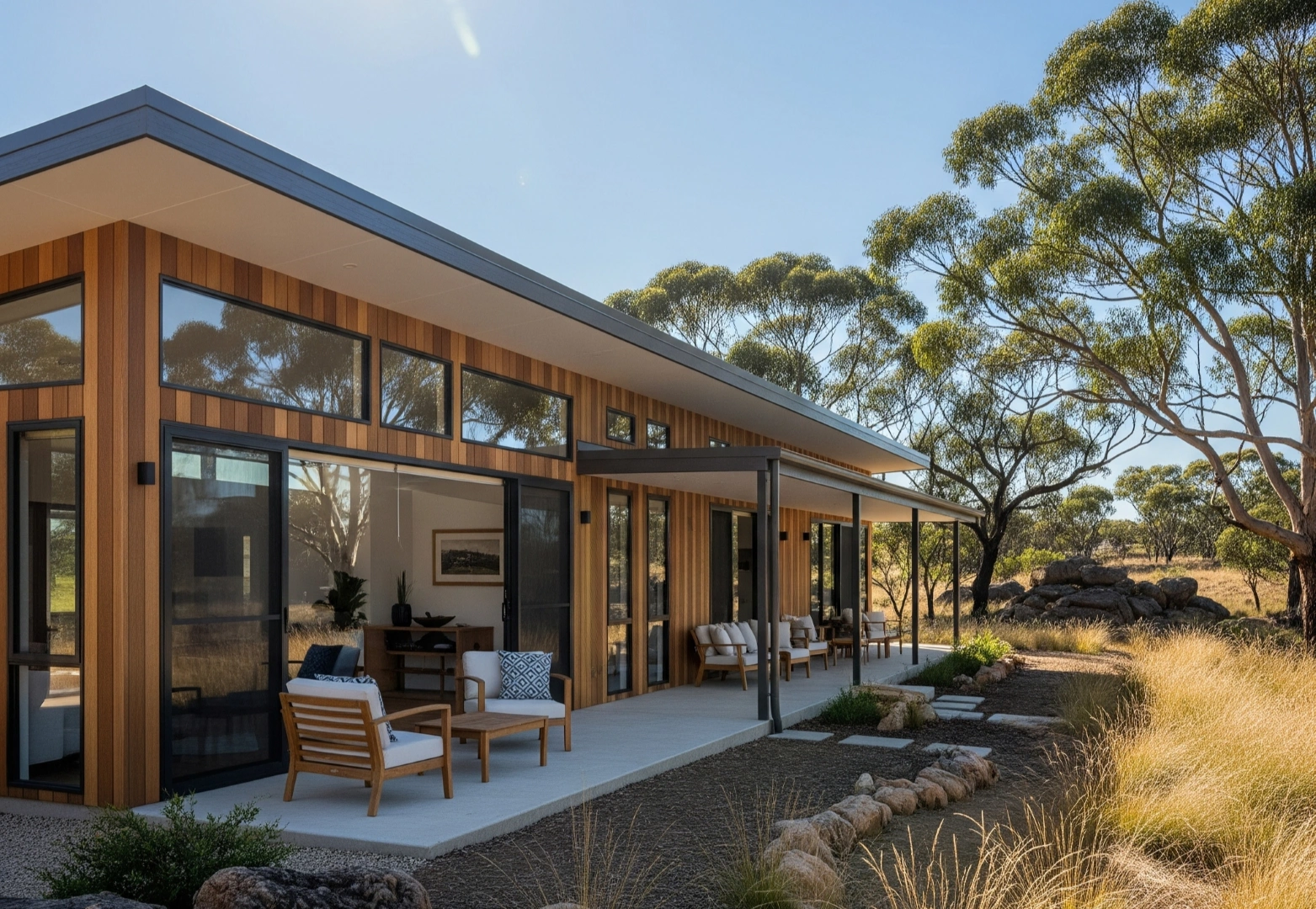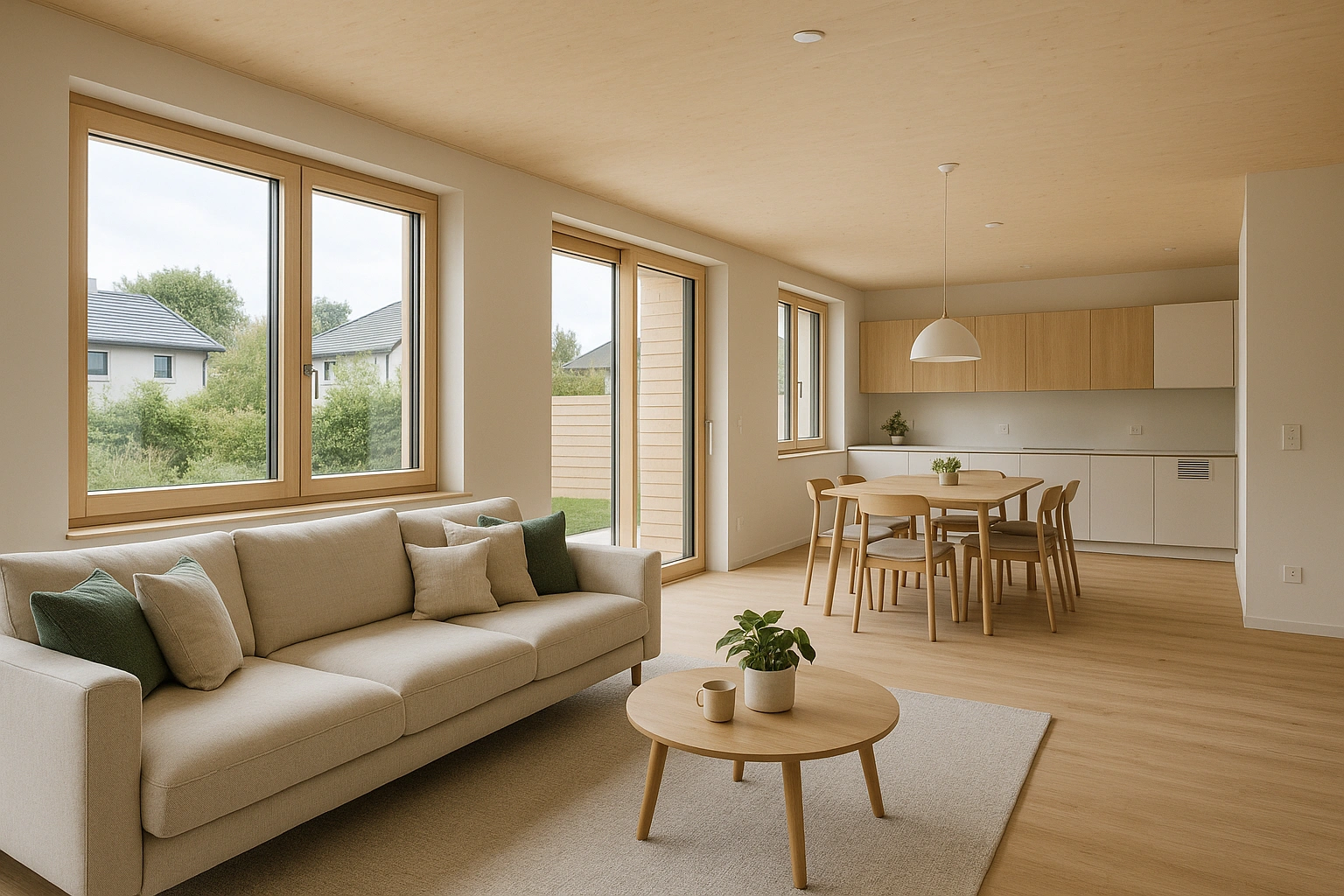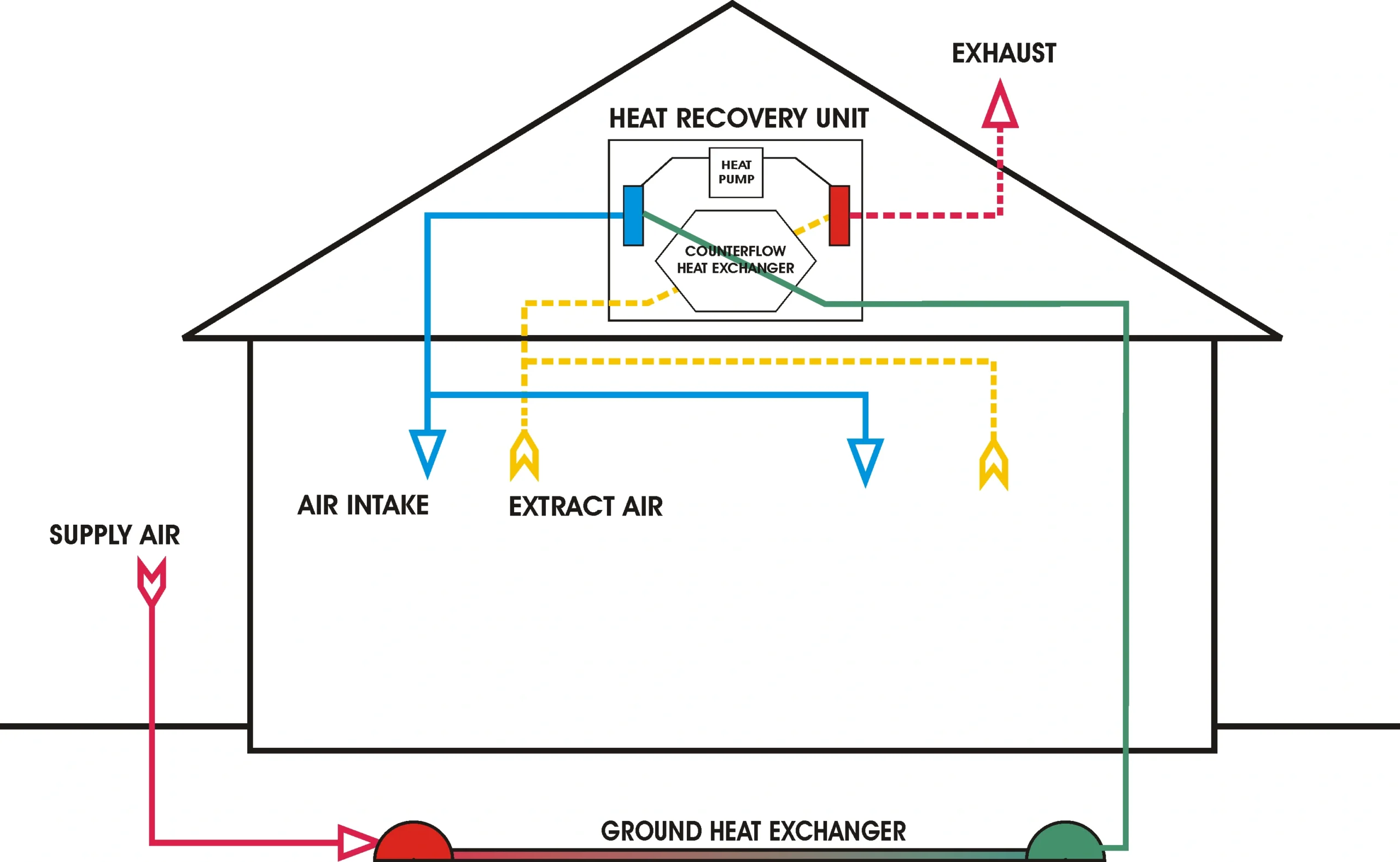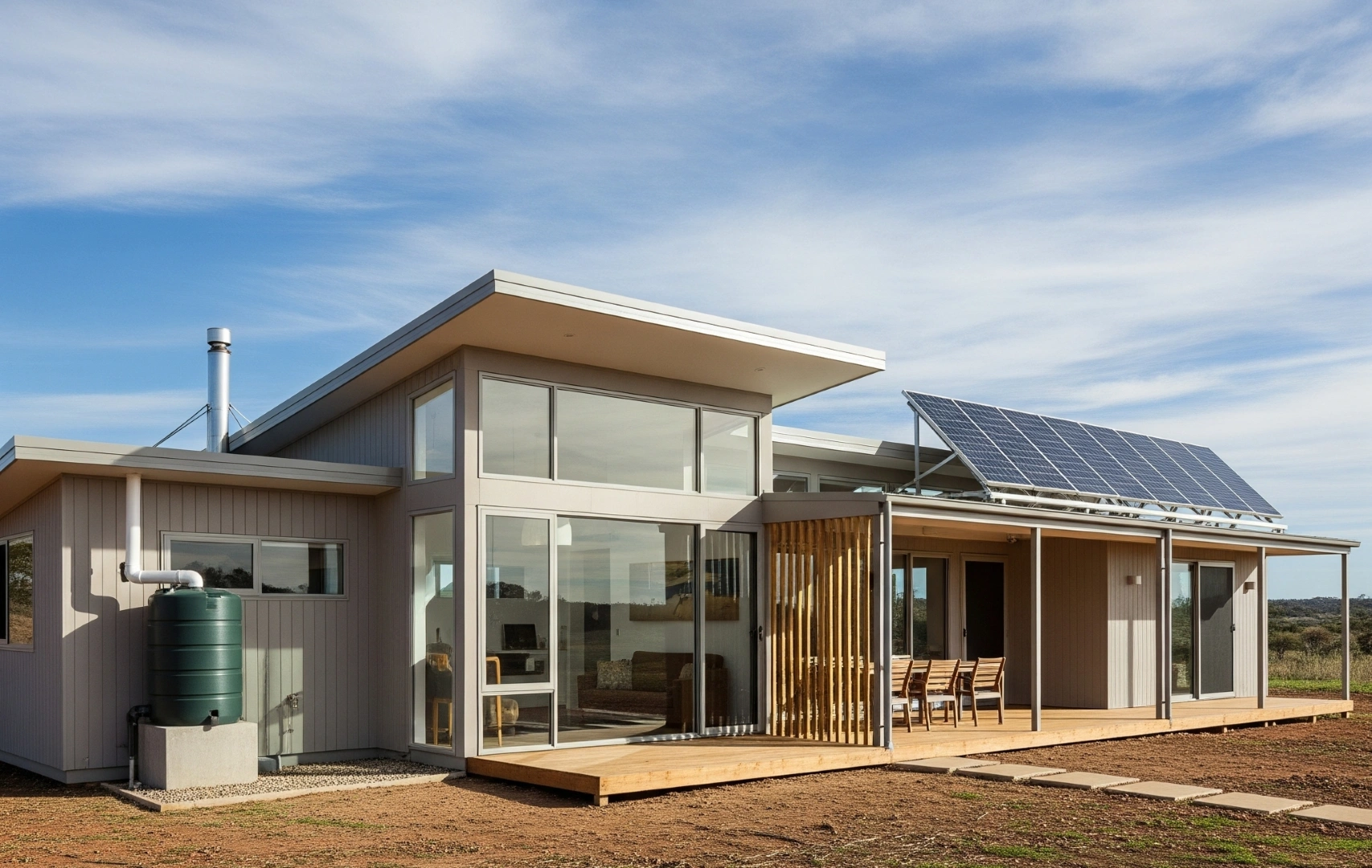How to finance the construction of a passive house in Australia
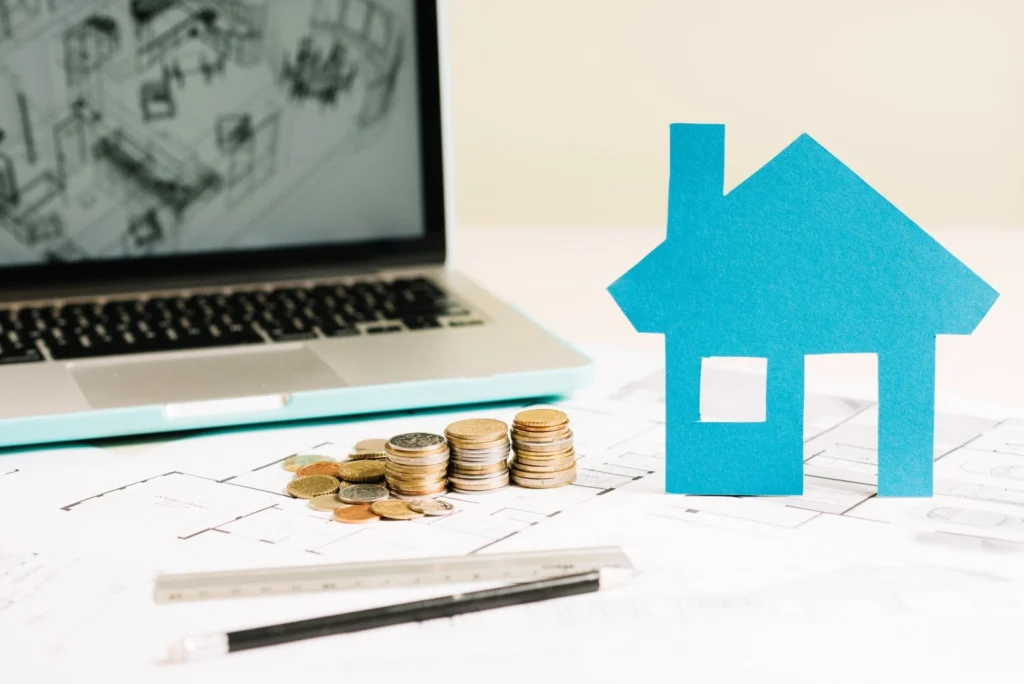
A passive house offers homeowners many benefits, including saving on their energy bills, more comfortable living and a reduced environmental impact.
But, as with all homeownership, there are costs associated with building your passive house. So, before you start sketching out your passive design house plans, you’ll need to make sure your finances are in order.
Understanding the costs
When designing a passive house, many people assume it will cost significantly more than a standard build. In reality, the upfront costs can be around 10-20% higher, depending on your location, chosen materials and builder. The reason for the extra cost is the higher standard of insulation, glazing and airtight construction needed to achieve passive performance.
However, over the life of the home, you’re likely to save much more in reduced heating and cooling bills. That’s why many homeowners see the higher upfront spend as a long-term investment.
Before you apply for finance, it’s important to get a clear picture of what your passive house will cost. Work with experienced passive home builders and get detailed quotes. You may also want to speak to passive house designers in Australia to refine your plans for maximum efficiency and cost-effectiveness.
Choosing the right finance
There are a few different loan types you can use to fund your passive homebuilding project:
1. Construction loan
This is the most common option for anyone building a home in Australia, whether it’s a standard build or a passive house design. With a construction loan, funds are released in stages as the build progresses. You only pay interest on the amount drawn down at each stage, which can help manage cash flow.
To apply for a construction loan, you’ll need to provide more paperwork than you would for a standard home loan. Most lenders will ask for:
- Council-approved building plans, including your passive design house plans
- A fixed-price building contract with a licensed passive homebuilder
- A copy of the builder’s insurance and licence
- A detailed timeline and drawdown schedule showing when payments will be required
- Quotes for major inclusions, especially if they’re not covered in the contract
- Proof of income, savings and liabilities, like with any home loan
Some lenders may also send out a valuer to assess the estimated market value of the completed property.
2. Green home loan
A growing number of Australian lenders now offer green home loans with discounted interest rates or other features for energy-efficient homes. To qualify, you’ll usually need to meet specific environmental standards – such as a minimum NatHERS rating.
Green loans can be used to purchase, build or refinance homes with sustainable features, making them ideal for a passive design house.
3. Standard home loan
If you’re buying land first and planning to build later, a standard home loan can be used to finance the land purchase. Later, you can switch to a construction loan when you’re ready to start building your passive design house. This approach gives you time to finalise your passive house design, secure approvals and engage the right builder.
4. Refinance to access equity
If you already own a home or investment property, refinancing to access equity can be a practical way to fund your passive home-building project. You can draw on the increased value of your existing property to help pay for land or the construction of your new passive house.
Keep in mind that lenders will assess your income, debts and credit history when refinancing, particularly if you are switching lenders. You’ll also need a clear plan and budget for the new build, especially if you intend to combine refinancing with a construction loan down the line.
Boost your borrowing power
If you’re committed to building a passive house in Australia, it’s worth doing everything you can to improve your financial position before applying for a loan. Here are some ways to boost your borrowing power:
- Pay off existing debts like credit cards and personal loans
- Save a larger deposit
- Check your credit score and fix any errors
- Avoid changing jobs or taking on new expenses in the months leading up to your application
A good mortgage broker can help you navigate your options and match you with lenders who understand the benefits of passive building design.
Check for rebates and incentives
While there’s no national passive house rebate scheme in Australia yet, there may be local or state-based incentives available to support new builds or energy-efficient homes. These might include:
- Stamp duty concessions, depending on your location
- Energy-efficiency grants
- Rebates on solar, insulation or battery storage
- Council-based sustainability incentives
You can ask your passive house builders in Australia or your broker whether they know of any relevant programs.
Plan for long-term savings
While financing your passive house design requires upfront planning and investment, the long-term benefits can be substantial. Lower energy bills, a more comfortable home and potential property value increases all contribute to a strong financial case.
Many homeowners find that these savings far outweigh the initial costs, especially when combined with an appropriate finance product and expert guidance.
